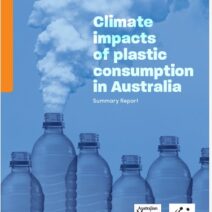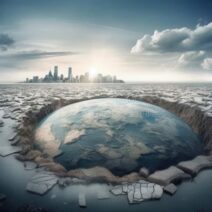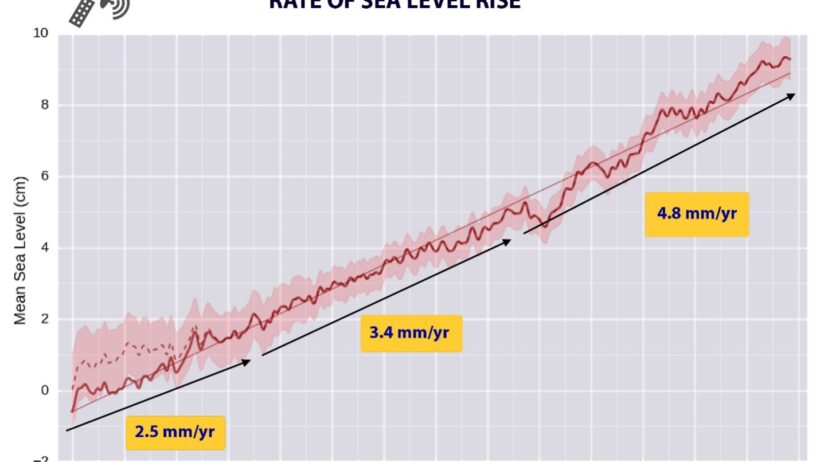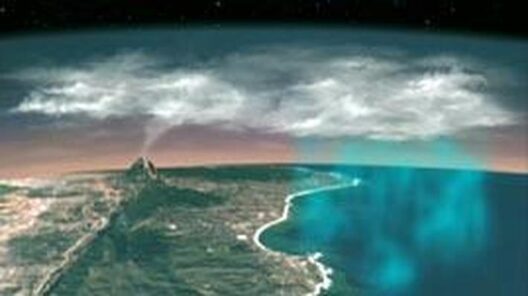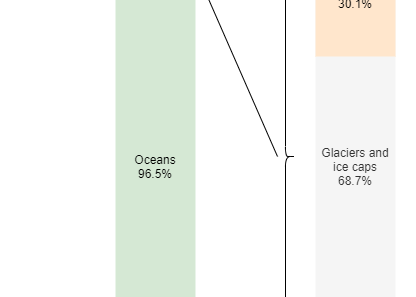Understanding the phenomenon of rising sea levels is more than just a scientific inquiry; it is a pressing issue that involves communities, economies, and the very fabric of our environment. So, how much is the sea level rising every year? This question might seem straightforward, yet it cascades into a multitude of implications for ecosystems and human activities alike. In this article, we will delve into the annual changes in sea levels, explore the contributing factors, and contemplate the significant ramifications these transitions pose.
The World’s Waterline: A Glimpse into Annual Changes
To grasp the enormity of sea level changes, one must first understand the average rate of rise. Over the past century, global sea levels have increased approximately 8 to 9 inches, with the current annual rise averaging around 3.3 millimeters per year, according to recent satellite data. However, this figure is not static; various factors contribute to fluctuations that can alter this average dramatically. The underlying cause? A confluence of thermal expansion of seawater, ice melt from glaciers and ice sheets, and changes in terrestrial water storage.
Thermal Expansion: The Heats of Change
When water heats up, it expands. This basic principle of physics plays a significant role in sea level rise. As global temperatures escalate due to climate change, the oceans warm, which contributes to thermal expansion, resulting in an increase in water volume. This phenomenon has been responsible for more than half of the observed sea-level rise over recent decades. Yet, the impact is not uniform across the globe. Regional temperatures and ocean currents work in tandem to create both rises and declines in localized sea levels, sometimes surprising researchers and communities alike.
Melting Ice: A Tidal Transformation
Another major contributor to rising sea levels is the melting of glaciers and ice sheets, particularly in Greenland and Antarctica. As temperatures rise, the ice melts at an alarming rate, releasing fresh water into the ocean. Over the past decade, studies have suggested that Greenland alone is losing ice at an accelerating rate, contributing approximately 0.5 millimeters per year to global sea levels. Antarctica’s ice melt is also a growing concern, with predictions indicating that it may soon match, or even exceed, Greenland’s contributions.
The cumulative effect of these factors has inspired urgent discussions and prompted vital questions. For instance, what does this mean for coastal communities? How are ecosystems adapting to this gradual yet relentless change?
Lagging Inundation: Impacts on Coastal Communities
The implications of rising sea levels create a somber canvas for coastal communities around the globe. As water encroaches on shorelines, these areas face a plethora of strenuous challenges: heightened flooding, increased erosion, and saltwater intrusion into freshwater systems. Cities like Miami, New Orleans, and New York are already experiencing the ramifications of these changes, where infrastructure must be re-evaluated in light of the increasing risk of storm surges and tidal flooding.
The fate of millions of people hangs in the balance as communities embrace adaptation strategies. Some may consider fortifying coastlines with seawalls, while others may contemplate retreating from vulnerable areas altogether. Yet, the question arises: are we adequately prepared for the potential displacement of populations? As sea levels continue to rise, the balance between human habitation and nature’s inexorable push will become ever more precarious.
Ecological Repercussions: The Ripple Effect
Beyond human impact, rising sea levels disrupt delicate ecosystems. Coastal wetlands, mangroves, and coral reefs serve as vital buffers against storms and are essential to biodiversity. As sea levels creep higher, these ecosystems face saltwater intrusion, altering species composition and habitat range. Fish populations, vital to both local economies and global food supply, may decline as their spawning grounds are disturbed. The interconnectivity of these systems underscores an essential idea: the fate of coastal communities and ecosystems is inextricably linked.
The Challenge Ahead: Are We Ready?
Ultimately, while speaking about the rise in sea levels and its implications might seem straightforward, the challenge is multifaceted. Are we prepared to face the changes that lie ahead? With technological advances and climate research evolving, opportunities abound for innovative solutions. Renewable energy sources, sustainable practices, and community engagement in local environments provide pathways to mitigate the impacts of sea-level rise.
Although the numbers—3.3 millimeters annually—may seem trivial on a yearly basis, the cumulative effect creates urgent and significant changes that are anything but minor. It challenges us to confront our vulnerabilities and adapt proactively. The ultimate question remains, however: Will the world respond with foresight and resilience in the face of this existential threat?
As we navigate this dynamic interplay between rising seas and human habitation, it is vital to cultivate awareness, action, and solidarity. If adapting to rising sea levels teaches humanity anything, it is that we must act collectively to secure a future where both people and the environment thrive. The tide is rising—will we rise to the occasion?
